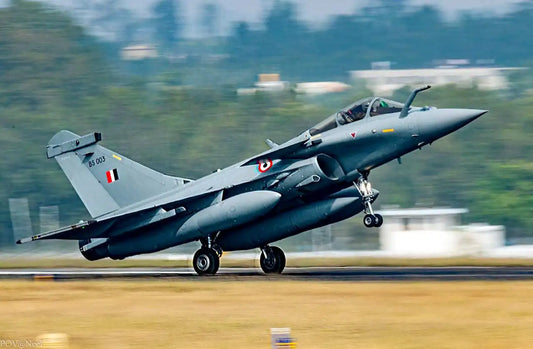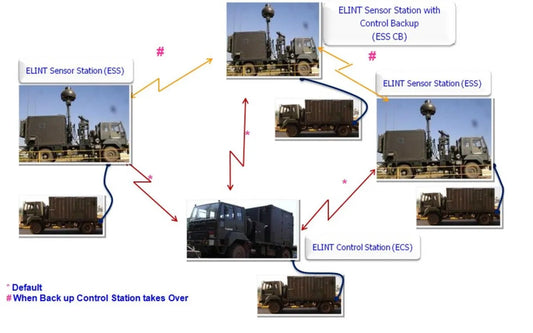India's Operation Sindoor: Nighttime Strikes Targeting Terror Sites Explained by CDS Gen Chauhan

Chief of Defence Staff General Anil Chauhan has provided insights into why India initiated the first strikes of Operation Sindoor between 1 and 1:30 am on May 7, targeting nine terrorist locations within Pakistan.
During a speech at Raj Bhavan in New Delhi on Thursday, General Chauhan explained that the timing was a strategic decision aimed at achieving two main goals: demonstrating India's capability to gather evidence in darkness and minimizing civilian casualties during early morning prayer times.
"Earlier, we did the Balakot operation, but we didn’t have satellite images or photos. This time, despite the difficulty of collecting evidence at night, we chose 1 am because we trusted our capabilities and wanted to avoid civilian casualties," he stated.
General Chauhan emphasized that carrying out the strikes closer to the time of the first Azaan and Namaz, around 5:30 to 6 am, could have put civilian lives at risk, which the Indian forces were keen to avoid.
Operation Sindoor: Precision at Midnight
On May 7, Indian forces executed coordinated precision attacks on terror launchpads located in Pakistan and Pakistan-occupied Kashmir, successfully eliminating several high-value targets. These strikes were a response to the April 22 Pahalgam terror incident that resulted in the loss of 26 civilian lives.
Unlike previous responses such as those following the Uri and Balakot incidents, Operation Sindoor incorporated a broad range of domains including land, air, sea, cyber, electromagnetic, and space, utilizing drones, satellites, and signal intelligence extensively.
‘A New Kind of Warfare’
General Chauhan described the operation as a significant milestone, marking a shift in warfare where success is defined by the precision and sophistication of the attacks rather than territorial gain or enemy fatalities.
"Modern warfare demands that we fight today’s conflicts with tomorrow’s technology. The battlespace has expanded beyond land, sea, and air into space, cyber, electromagnetic, and even the cognitive domain," he remarked.
He highlighted that India effectively outmaneuvered Pakistan during each phase of escalation in the operation.
Lessons and the Road Ahead
General Chauhan also pointed out that the three branches of the armed forces have derived important lessons from Operation Sindoor that will influence future readiness and integration strategies.
"Our forces are not just adapting, they are shaping the battlespace of the future. Victory today lies not only in decisive action but also in maintaining superiority across all domains," he concluded.



















